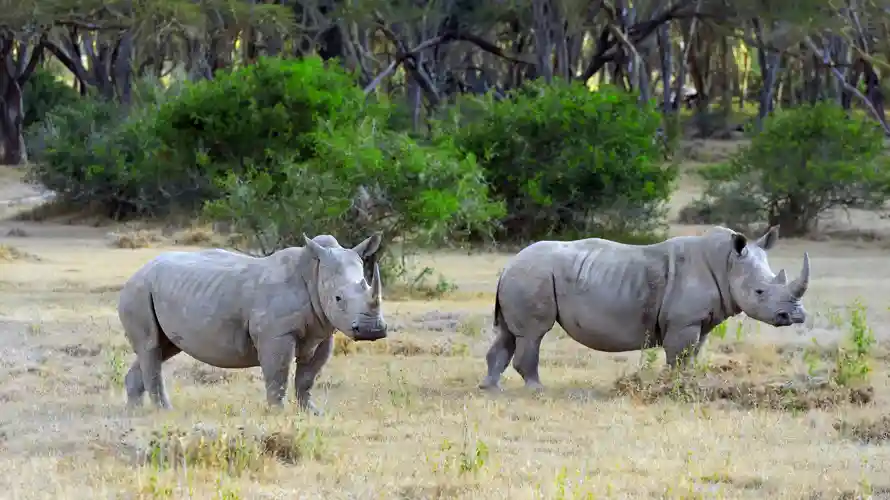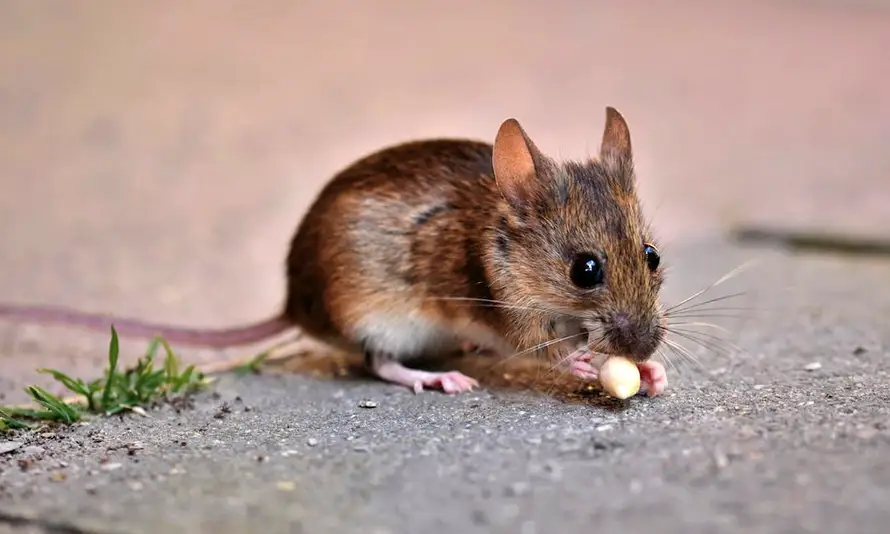The animal kingdom provides us with seemingly endless examples of how incredible life on Earth can be. For example, just take a look at the creatures who eat and poop through the same hole! Unbelievable, right? But if you think this qualifies as one of the most incredible examples of life on Earth — don’t forget about the animals who drink their own pee! And the animals who never sleep! And the animals who… well, I guess there are quite a few animals that can do some pretty wacky stuff!
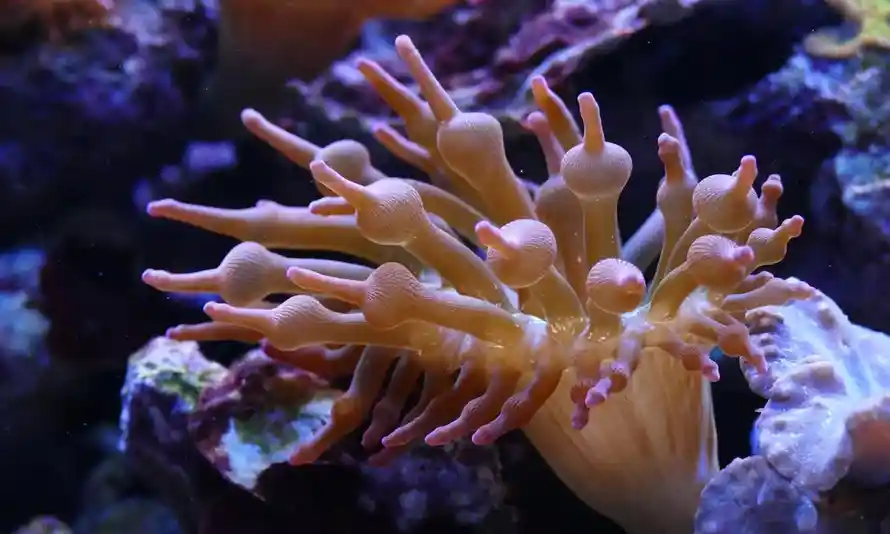
Amazing Creatures
These sea creatures, discovered by scientists from the Monterey Bay Aquarium Research Institute, were observed feeding and defecating through their mouths during the study of deep-sea animals in the Gulf of Mexico. The animals in question are as follows, with their mouth-eating/pooping habits noted:
- Sea Sponges
- Sea Anemones
- Jellyfish
Don’t let their cuddly looks fool you—sea anemones, sea sponges, and jellyfish are actually pretty horrifying animals! Not only do they appear to be made of mucous, but they also eat and excrete through their mouths. Yes, you read that right… their mouths! Read on to find out more about these unusual methods of food consumption and excretion.
Sea Sponges
Sea sponges are filter feeders, meaning that they filter water for food. They look like sea plants, but they are animals. They are usually found attached to rocks or other hard surfaces. They are found in different colors, shapes, and sizes. Sea sponges are important because they help to keep the water clean.
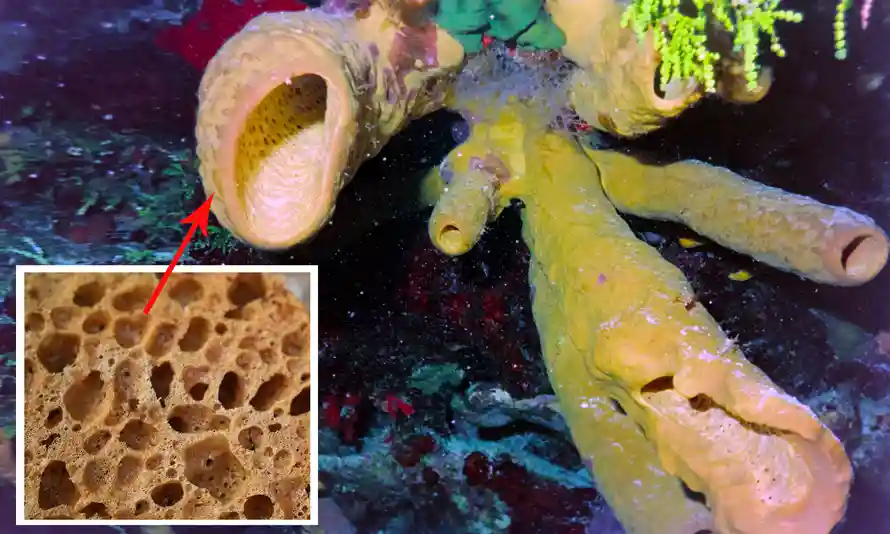
The sea sponge doesn’t really have any organs and instead relies on a small opening at the top for both eating and excreting substances. Sponges are made up of groups of cells that work together to capture food from the water. The cells pump water in and out to create a current, which brings in particles of food. These particles are then trapped by the sponges’ tiny hairs or other types of sticky molecules. This process is called osmoregulation, which means it uses ocean currents to help regulate how much salt is absorbed into the sponges’ cells.
Sponges live on the sea floor, so they need to be able to take in enough salt without being too salty themselves. They have an osmotic balance, which keeps them at the right level of saltiness. If a sponge gets too salty, it will let go some water to bring down its salinity levels again. To do this, it pumps water out of the body to get rid of the extra salt. It also pumps out excess oxygen (since there isn’t any available in seawater).
Sea Anemones
Sea anemones are marine invertebrates in the class Anthozoa that are characterized by a columnar body with an inner ring of tentacles surrounding a central mouth. They use tentacles near their mouths to help them catch food particles floating around in the water. They also use tentacles to move along on the sea floor by gripping onto rocks with their tube-like feet located at one end of their bodies. Most sea anemones live in symbiotic relationships with other marine organisms, such as fish, but some are solitary.
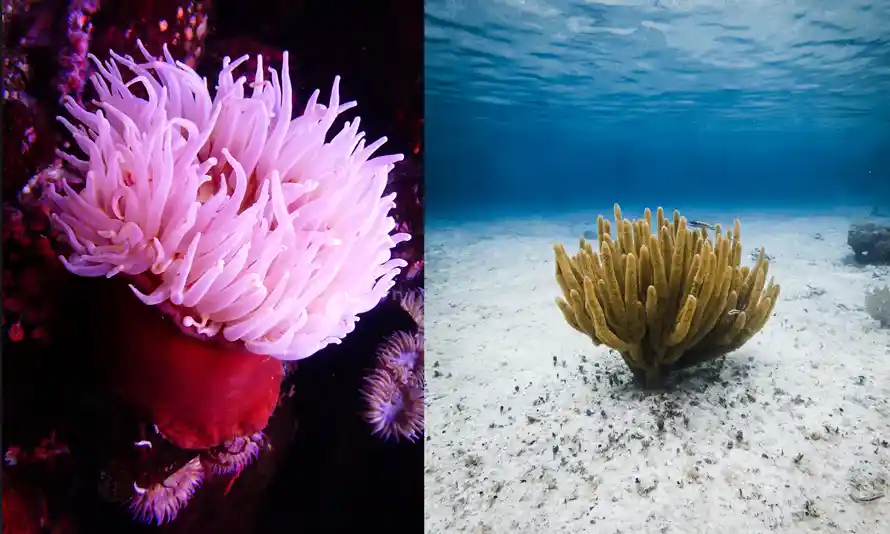
Sea anemones are found in a wide range of habitats, from the deep sea to intertidal zones, and can be either sessile or free-moving. They vary in size from a few millimeters to over two meters in length and can be either brightly colored or dull.
Sea anemones are predators that capture prey with their tentacles. The prey is then brought to the central mouth, where it is paralyzed and digesting begins. After digestion, waste is excreted through their mouth. Sea anemones reproduce both sexually and asexually.
Jellyfish
A jellyfish is a marine animal that belongs to the cnidarian family. It’s not a fish, but instead an invertebrate. Jellyfish are found in all oceans and some freshwater habitats and are capable of causing serious injury to humans and other animals. They are predators and use their stinging tentacles to capture prey. They eat and poop through their mouth.

The mouth of the jellyfish is on the underside of its body. It shoots water out of its mouth, causing it to move forward just like a propeller.


